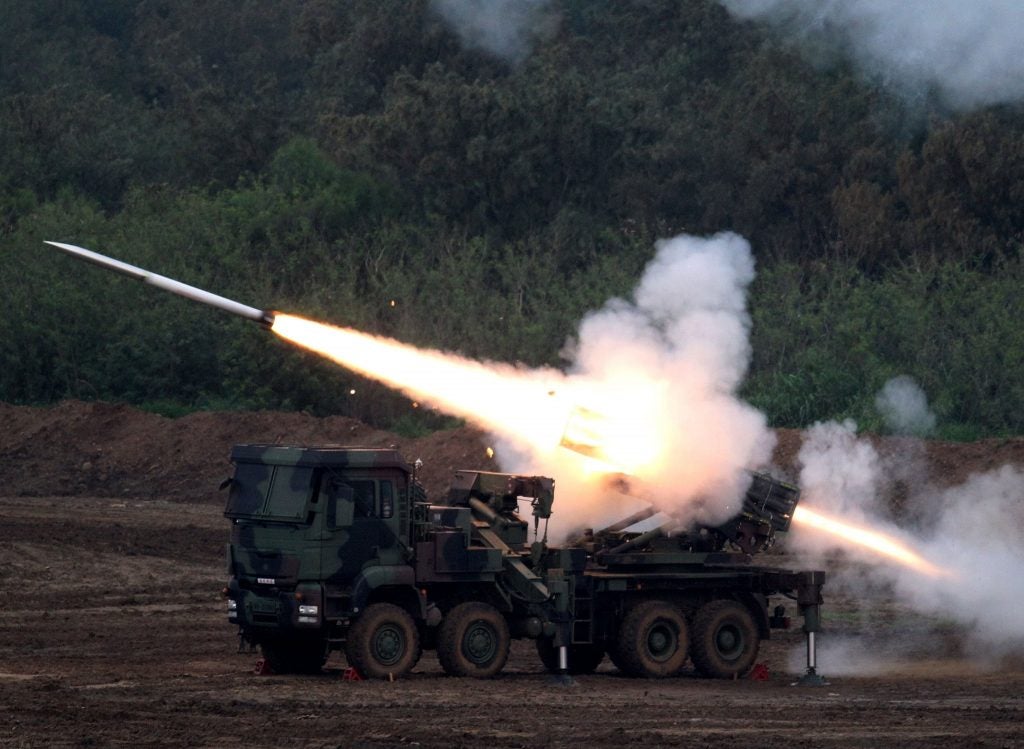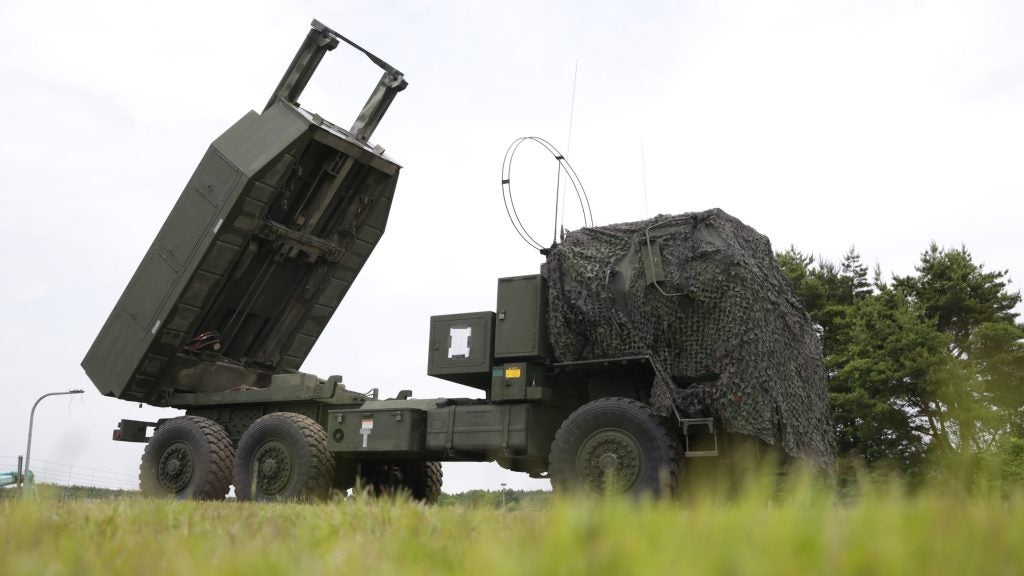Contracts Signed For Taiwanese Missile Deals, Doubled Range For Indigenous MLRS Rockets
Taiwan’s Ministry of National Defense revealed on 17 June that it has signed contracts for the purchase of M142 High-Mobility Artillery Rocket Systems (HIMARS) and Harpoon Coastal Defense Systems (HCDS).
While the official notifications published online for the signing of the contracts with the American Institute in Taiwan (the United States’ de facto embassy to Taiwan) state that they are for a nondescript “Long Range Precision Fires System” and a “Second Batch of Missiles”, the Central News Agency’s source indicates that they are indeed for the HIMARS and Harpoon systems. The US State Department had announced in late October 2020 that it had approved the sales of 11 HIMARS launchers and 67 ATACMS missiles for them, alongside 100 HCDS units and 400 Harpoon Block II missiles for them.
The ROC Army Command Headquarters is overseeing the HIMARS contract, which took effect on 1 June. The contract is valued at NT$9.62 billion (~US$346 million), with completion of system deployment expected in 2027. Navy Command Headquarters is tasked with oversight of the NT$39 billion (~$1.4 billion) HCDS contract that took effect on May 19, with the delivered HCDS expected to be deployed in 2028.

In related news, the Liberty Times Net reports that the development of new rockets for the ROC Army’s Thunderbolt-2000 multiple rocket launcher system has resulted in a new artillery rocket that can strike targets up to 100 kilometers away, over double the 45km maximum range of the longest-ranged Mk 45 rockets currently in service. The newspaper’s sources say that the new rocket will be ready for service once operational evaluations are completed, but did not comment on its production status or whether it was currently being tested by the Army.
The deployment of the missiles and rockets alike on high mobility ground platforms is in alignment with Taiwan’s Overall Defense Concept. In keeping with the concept’s emphasis on asymmetric, survivable forces, the use of dispersed, highly mobile missile and rocket batteries aims to maximise survivability against potential strikes targeting them, while their extended range allows for any potential Chinese landing to be intercepted from greater distances from shore.

